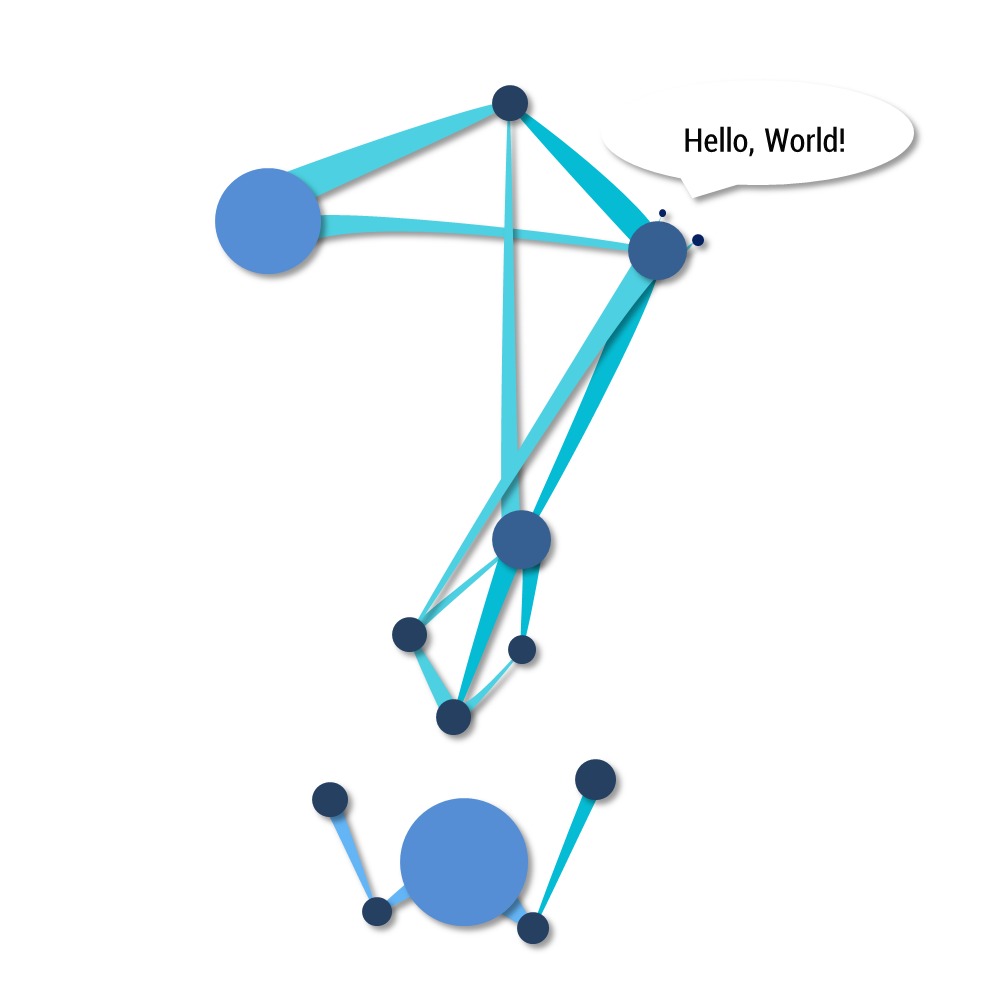Notice
Recent Posts
Recent Comments
NeuroWhAI의 잡블로그
[TensorFlow] DCGAN으로 MNIST 이미지 생성 성공(?) 본문
저번에 했다가 실패했다고 말씀드렸었는데 이번에 어느정도 성공했습니다! (이전 글)
코드:
1 2 3 4 5 6 7 8 9 10 11 12 13 14 15 16 17 18 19 20 21 22 23 24 25 26 27 28 29 30 31 32 33 34 35 36 37 38 39 40 41 42 43 44 45 46 47 48 49 50 51 52 53 54 55 56 57 58 59 60 61 62 63 64 65 66 67 68 69 70 71 72 73 74 75 76 77 78 79 80 81 82 83 84 85 86 87 88 89 90 91 92 93 94 95 96 97 98 99 100 101 102 103 104 105 106 107 108 109 110 111 112 113 114 115 116 117 118 119 120 121 122 123 124 125 126 127 128 129 130 131 132 | #-*- coding: utf-8 -*- import tensorflow as tf import numpy as np import matplotlib.pyplot as plt from tensorflow.examples.tutorials.mnist import input_data mnist = input_data.read_data_sets("./mnist/data/", one_hot=True) total_epoch = 100 batch_size = 100 n_noise = 100 D_global_step = tf.Variable(0, trainable=False, name='D_global_step') G_global_step = tf.Variable(0, trainable=False, name='G_global_step') X = tf.placeholder(tf.float32, [None, 28, 28, 1]) Z = tf.placeholder(tf.float32, [None, n_noise]) is_training = tf.placeholder(tf.bool) def leaky_relu(x, leak=0.2): return tf.maximum(x, x * leak) def generator(noise): with tf.variable_scope('generator'): output = tf.layers.dense(noise, 128*7*7) output = tf.reshape(output, [-1, 7, 7, 128]) output = tf.nn.relu(tf.layers.batch_normalization(output, training=is_training)) output = tf.layers.conv2d_transpose(output, 128, [5, 5], strides=(2, 2), padding='SAME') output = tf.nn.relu(tf.layers.batch_normalization(output, training=is_training)) output = tf.layers.conv2d_transpose(output, 64, [5, 5], strides=(2, 2), padding='SAME') output = tf.nn.relu(tf.layers.batch_normalization(output, training=is_training)) output = tf.layers.conv2d_transpose(output, 1, [5, 5], strides=(1, 1), padding='SAME') output = tf.tanh(output) return output def discriminator(inputs, reuse=None): with tf.variable_scope('discriminator') as scope: if reuse: scope.reuse_variables() output = tf.layers.conv2d(inputs, 32, [5, 5], strides=(2, 2), padding='SAME') output = tf.layers.conv2d(output, 64, [5, 5], strides=(2, 2), padding='SAME') output = leaky_relu(tf.layers.batch_normalization(output, training=is_training)) output = tf.layers.conv2d(output, 128, [5, 5], strides=(2, 2), padding='SAME') output = leaky_relu(tf.layers.batch_normalization(output, training=is_training)) flat = tf.contrib.layers.flatten(output) output = tf.layers.dense(flat, 1, activation=None) return output def get_noise(batch_size, n_noise): return np.random.uniform(-1., 1., size=[batch_size, n_noise]) G = generator(Z) D_real = discriminator(X) D_gene = discriminator(G, True) loss_D_real = tf.reduce_mean(tf.nn.sigmoid_cross_entropy_with_logits( logits=D_real, labels=tf.ones_like(D_real) )) loss_D_gene = tf.reduce_mean(tf.nn.sigmoid_cross_entropy_with_logits( logits=D_gene, labels=tf.zeros_like(D_gene) )) loss_D = loss_D_real + loss_D_gene loss_G = tf.reduce_mean(tf.nn.sigmoid_cross_entropy_with_logits( logits=D_gene, labels=tf.ones_like(D_gene) )) vars_D = tf.get_collection(tf.GraphKeys.TRAINABLE_VARIABLES, scope='discriminator') vars_G = tf.get_collection(tf.GraphKeys.TRAINABLE_VARIABLES, scope='generator') train_D = tf.train.AdamOptimizer().minimize(loss_D, var_list=vars_D, global_step=D_global_step) train_G = tf.train.AdamOptimizer().minimize(loss_G, var_list=vars_G, global_step=G_global_step) tf.summary.scalar('loss_D', loss_D) tf.summary.scalar('loss_G', loss_G) with tf.Session() as sess: sess.run(tf.global_variables_initializer()) merged = tf.summary.merge_all() writer = tf.summary.FileWriter('./logs', sess.graph) total_batch = int(mnist.train.num_examples / batch_size) for epoch in range(total_epoch): loss_val_D, loss_val_G = 0, 0 batch_xs, batch_ys = None, None noise = None for i in range(total_batch): batch_xs, batch_ys = mnist.train.next_batch(batch_size) batch_xs = batch_xs.reshape(-1, 28, 28, 1) noise = get_noise(batch_size, n_noise) _, loss_val_D = sess.run([train_D, loss_D], feed_dict={X: batch_xs, Z: noise, is_training: True}) _, loss_val_G = sess.run([train_G, loss_G], feed_dict={Z: noise, is_training: True}) summary = sess.run(merged, feed_dict={X: batch_xs, Z: noise, is_training: True}) writer.add_summary(summary, global_step=sess.run(G_global_step)) if epoch == 0 or (epoch + 1) % 10 == 0: print('Epoch:', '%04d' % epoch, 'D loss: {:.4}'.format(loss_val_D), 'G loss: {:.4}'.format(loss_val_G)) sample_size = 10 noise = get_noise(sample_size, n_noise) f_samples = sess.run(G, feed_dict={Z: noise, is_training: False}) t_samples = sess.run(G, feed_dict={Z: noise, is_training: True}) fig, ax = plt.subplots(2, sample_size, figsize=(sample_size, 2)) for i in range(sample_size): ax[0][i].set_axis_off() ax[1][i].set_axis_off() ax[0][i].imshow(np.reshape(f_samples[i], (28, 28))) ax[1][i].imshow(np.reshape(t_samples[i], (28, 28))) plt.savefig('ft_{}.png'.format(str(epoch).zfill(3)), bbox_inches='tight') plt.close(fig) | cs |
결과:
※ 사진의 첫번째 줄은 batch_normalization의 is_training 옵션을 False로하고 생성했고
두번째 줄은 True로 하고 생성한겁니다.
※ 아래로 갈수록 학습이 더 진행된 결과입니다.
보시다시피 batch_normalization의 is_training 옵션이 False로 되어있으면 이미지가 뭔가 좀 이상하게 나옵니다 ㅠㅠ
이름대로라면 False로 하고 생성하는게 맞을텐데;;
이전 코드와의 변경점이라면 일단 중대한 오류를 하나 수정했습니다.
판별기에서 첫번째 레이어의 출력을 두번째 레이어의 입력으로 넣지 않고 입력을 또 다시 두번째 레이어로 넣어버리는
복붙으로 인한 참사가 있었습니다.
또한 판별기와 생성기의 층 깊이를 더 늘렸고 학습 세대도 100번으로 늘렸습니다.
이전엔 텐서플로 CPU버전으로 돌려서 소박하게 만들었었지만 이번엔 GPU버전을 사용했기에 이렇게 했습니다.
또한 이게 의미가 있을진 모르겠지만 다른 코드에서 그러길래 저도 판별기의 Dense 레이어를 두개에서 하나로 줄였습니다.
그리고 판별기의 입력 레이어엔 활성화 함수와 batch_normalization을 사용하지 않았습니다.
이제보니 활성화 함수는 왜 뺐나 싶네요;;
conv2d_transpose도 그렇고 아직 잘 모르는것들을 무리해서 쓰니까 잘 안되는것 같습니다 ㅠㅠ
'개발 및 공부 > 라이브러리&프레임워크' 카테고리의 다른 글
| [TensorFlow] Google의 Inception 모델로 꽃 분류하기 (0) | 2018.02.15 |
|---|---|
| [TensorFlow] batch_normalization 사용 시 주의사항 (1) | 2018.02.10 |
| [TensorFlow] Seq2Seq로 간단한 번역기 만들기 (0) | 2018.02.03 |
| [TensorFlow] layers.dense에 대한 고찰(?) - tensordot (2) | 2018.02.02 |
| [TensorFlow] LSTM으로 단어 글자 예측하기 (0) | 2018.01.31 |
Comments















